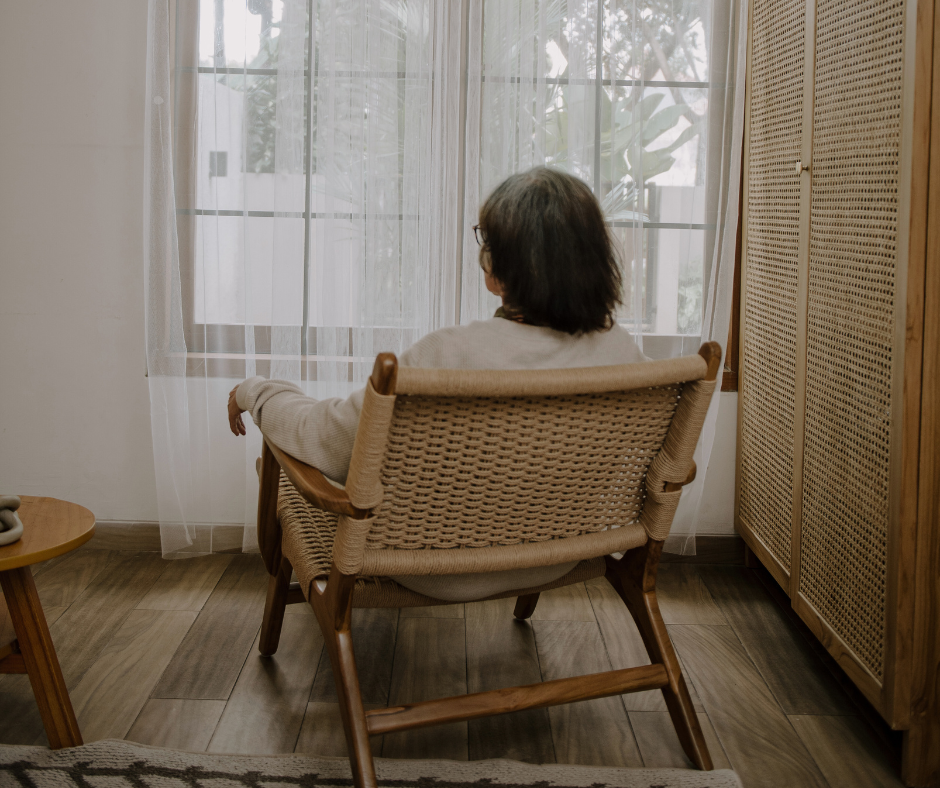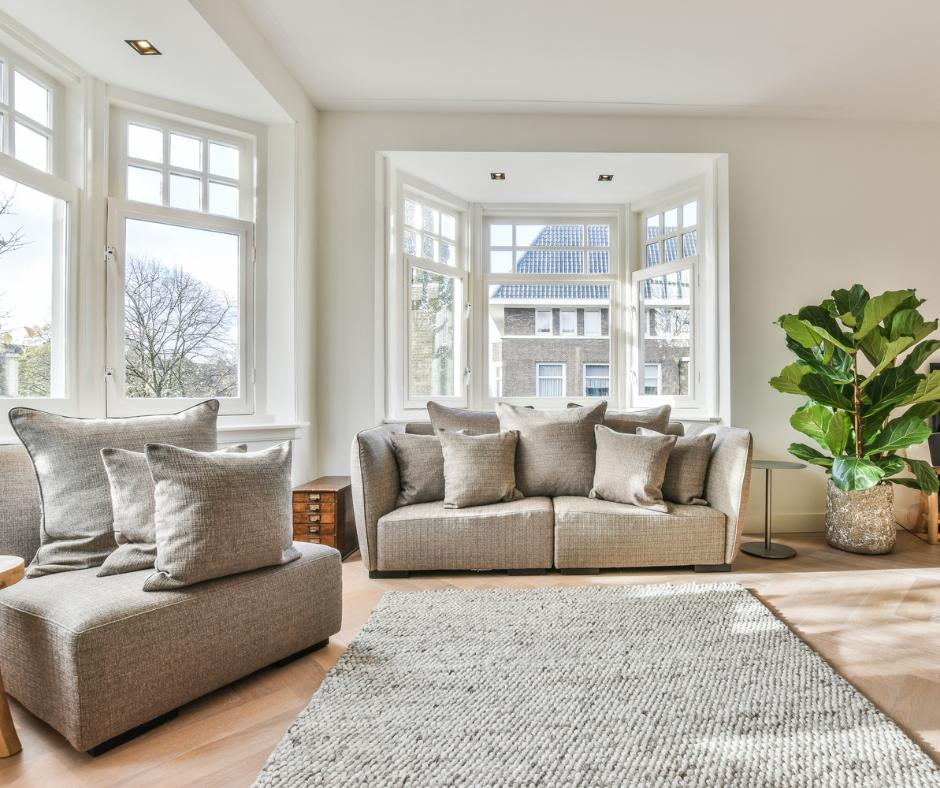

E-Textiles in Home and Wellness
Summary
Reflection Questions
Journal Prompt
E-textiles are fabrics woven with electronic components, allowing technology integration into textiles. These textiles offer flexible and wearable solutions, finding applications in fashion, healthcare, and smart homes. In our rapidly advancing tech-driven society, the intersection of technology and textiles has given rise to this revolutionary concept. This article looks into the evolution, applications, advantages, challenges, and future trends of E-Textiles, specifically focusing on their transformative role in home and wellness.
The Evolution of E-Textiles
Developed many years ago, the evolution of E-Textiles spans centuries, rooted in the use of conductive threads and fabrics dating back over 1000 years. In the late 19th century, the fusion of electricity with clothing gave rise to illuminated and motorized accessories, showcasing the early integration of technology in fashion. The 1968 Body Covering exhibition marked a milestone, featuring space suits and technologically enhanced smart clothing. In 1985, Harry Wainwright created the first animated sweatshirt, pioneering fiber optics in fabrics.
By the mid-1990s, MIT researchers had begun exploring wearable electronics and computers, leading to the development of commercially available microcontrollers like the Lilypad Arduino. Today, fashion houses like CuteCircuit and designers continue to push boundaries, exemplified by the Hug Shirt, demonstrating the ongoing evolution of E-Textiles in blending fashion and technology. There are many more examples in garments.
E-Textiles in the Home


E-Textiles are reshaping homes with smart integration, decor, and safety innovations. In smart homes, these textiles contribute to energy efficiency and environmental control. Adaptive designs and responsive fabrics enhance home décor, while safety features, including fire-resistant materials and embedded sensors, provide heightened security. E-Textiles redefine the concept of a modern, intelligent, and safe living space.
Smart Home Integration
Smart Home Integration with E-Textiles involves the incorporation of electronic textiles into various aspects of home automation, enhancing energy efficiency, lighting, and environmental control. Fabrics embedded with sensors and actuators enable intelligent responses to changing conditions, optimizing energy consumption. E-Textiles contribute to adaptive lighting systems, adjusting brightness based on natural light or user preferences.
Additionally, they play a role in environmental control by regulating temperature or ventilation through responsive textiles. This seamless integration of E-Textiles into smart homes exemplifies their ability to transform living spaces into efficient, responsive, and technology-enhanced environments.
Decor and Design
Decor and Design with E-textiles or electronic textiles usher in a new era of aesthetic and functional possibilities for home interiors. These textiles offer adaptive and responsive designs that transcend traditional decor. Imagine curtains that change patterns with a touch or furniture that adjusts its appearance based on ambient conditions.
Fuel your creative fire & be a part of a supportive community that values how you love to live.
subscribe to our newsletter
E-Textiles allow for dynamic, customizable interiors, combining technology with design. The fusion of form and function empowers individuals to personalize living spaces, creating an environment that adapts to their preferences. Beyond mere aesthetics, E-Textiles redefine home décor, turning ordinary fabrics into dynamic, interactive electronic elements that contribute to the overall ambiance of modern living.
Safety and Security
Safety and Security in homes are bolstered by incorporating E-textiles, showcasing innovative features such as fire-resistant materials and embedded sensors for structural health monitoring. E-Textiles designed with fire-resistant properties contribute to minimizing fire hazards, providing an additional layer of safety. Embedded sensors within textiles monitor the structural health of buildings, detecting potential issues before they escalate. This proactive approach enhances home safety by enabling early intervention in case of structural concerns.
E-Textiles – thus, play a crucial role in fortifying the safety and security of homes through advanced materials and monitoring capabilities, ensuring a secure living environment.
E-Textiles for Wellness


E-textile products for wellness industry revolutionize personal health with wearable technology. These textiles monitor vital signs, sleep quality, and physical activity, contributing to proactive health management. Therapeutic applications offer muscle stimulation and rehabilitation monitoring, while stress-reducing and comfort-enhancing fabrics promote holistic well-being. E-Textiles seamlessly integrate wellness into everyday life with proven examples.
Health Monitoring
Wearable E-textiles products redefine health monitoring by seamlessly integrating technology into everyday fabrics. These textiles, equipped with sensors, monitor vital signs, including heart rate and blood pressure, providing real-time data for a comprehensive health overview. Sleep quality is assessed through advanced sleep tracking functionalities, offering insights into sleep cycles and patterns.
Additionally, E-textiles products track physical activity levels, counting steps and measuring exertion. This wealth of data empowers individuals to proactively manage their health, fostering a personalized approach to well-being. Wearable E-Textiles represent a transformative leap in health monitoring, offering convenience and accessibility for users to stay informed about their vital metrics and overall health status.
Therapeutic Applications


Researchers believe that therapeutic applications of E-Textiles are at the forefront of innovative healthcare solutions, offering garments designed to enhance well-being. Fabrics embedded with technology can provide targeted muscle stimulation, aiding in physical therapy and rehabilitation.
These therapeutic textiles monitor rehabilitation progress in real-time, offering valuable data to healthcare professionals and patients alike. For instance, garments with embedded sensors can track joint movement, muscle activity, and recovery metrics. This personalized and interactive approach to therapy not only accelerates rehabilitation but also promotes patient monitoring and engagement.
E-textiles in therapeutic applications signify a promising frontier in the healthcare industry, combining technology and textiles to optimize rehabilitation outcomes and enhance overall patient care.
Stress Management and Comfort
E-textiles play a pivotal role in promoting wellness by contributing to stress reduction and enhanced comfort through ingenious applications in clothing, apparel, garments and bedding materials. These textiles are designed to offer a sensorial experience that goes beyond traditional fabrics. Mood-enhancing clothing and apparel utilizes embedded technology to create a dynamic interplay between textiles and emotions.
For instance, fabrics with color-changing capabilities respond to the wearer’s mood, fostering a positive emotional environment. Similarly, bedding materials incorporate enabling technologies that adapt to individual preferences, contributing to a comfortable and personalized sleep experience. E-Textiles – thus, contribute to holistic well-being by intertwining technology with textiles, creating a soothing and tailored atmosphere that aids stress management and elevates overall comfort levels.
Advantages of E-Textiles in Home and Wellness
Convenience
E-Textiles streamline daily tasks in smart homes and health monitoring, simplifying routine activities. Manufacturing products and integration into daily life enhances overall convenience by automating various functions.
Customization
E-Textiles offer personalized designs and functionalities, allowing users to tailor their experiences. Adaptive and responsive designs in home decor and tailored health monitoring in wellness settings cater to individual preferences, fostering a sense of personalization.
Automation
In smart homes, E-Textiles automate energy management, lighting, and environmental control for efficient living. Wearable E-textiles automate health monitoring, providing real-time data and minimizing manual interventions for proactive well-being.
Improved Quality of Life


E-textiles contribute to intelligent and responsive living spaces, enhancing the overall quality of life in homes. Personalized health insights and interventions in wellness settings positively impact daily life, promoting an improved quality of life.
Accessibility
E-Textiles make technology more approachable and user-friendly, ensuring broad accessibility.
Integration into various applications ensures that technology is accessible to a diverse audience in both home and wellness settings.
There can also be electronic products like gaming vests, second generation compression shorts, and first generation materials with sensors woven inside. Third generation technologies are evolving fast. Textiles and electronics with running metrics along with garment suppliers around the world are adopting this innovation.
Challenges and Considerations
Addressing the durability of E-textiles is critical to ensure longevity, considering wear and tear over time. Washability is a key concern, requiring textiles to withstand frequent washing without compromising electronic components. Managing power requirements poses a challenge, necessitating efficient energy solutions to sustain electronic functionalities.
Privacy and Security Concerns
Privacy is a paramount consideration due to the data collected by smart textiles, requiring robust safeguards against unauthorized access. Security measures need implementation to protect sensitive information obtained through health monitoring or other applications.
Environmental Impact
The environmental impact of E-Textiles must be scrutinized, emphasizing the importance of sustainable practices. Considerations should extend to production processes, materials used, and disposal methods to minimize ecological footprints. Materials may include conductive yarns and conductive polymers used to make everyday clothing.
Balancing technical robustness, ensuring privacy, and addressing environmental sustainability are pivotal aspects in navigating the challenges associated with the integration of E-Textiles into everyday life and wellness applications.
Future Trends and Innovations in the Smart Textile Industry


The future of the e-textiles industry holds exciting prospects, poised to revolutionize home and wellness experiences through continuous technological advancements. Speculating on the horizon of E-Textile technology, we anticipate the integration of even more sophisticated materials and electronic components, paving the way for enhanced functionalities and applications.
In the home industry, we foresee smart textiles components and their manufacturers evolving beyond current capabilities, contributing to fully immersive and responsive environments. E-textiles may soon extend into interactive furniture, creating dynamic living spaces that adapt to occupants’ preferences seamlessly. Imagine curtains that not only adjust based on sunlight but also display interactive patterns or wallpapers that change with a touch.
In wellness, ongoing research is exploring innovative health monitoring applications. E-textiles could potentially advance beyond wearable tech devices to become embedded directly into clothing and apparel, offering continuous health monitoring without the need for external accessories. This could lead to a more comprehensive and unobtrusive approach to healthcare, providing real-time insights into an individual’s health status.
Moreover, emerging applications may include conductive yarn and textiles with therapeutic functionalities, such as fabrics that can administer localized treatments or garments that aid in stress relief. As research progresses, we may witness E-Textiles contributing significantly to preventative healthcare by continuously monitoring and analyzing vital signs, potentially predicting health issues before they manifest. There are also prospects in the construction industry. Companies can produce materials products specifically for the interior design and remodeling markets. Metals integrated with this technology can also be utilized in sports goods, with special emphasis on electronic sewn and embroidered products.
The synergy between textiles and technology is dynamic, with ongoing research poised to unlock new frontiers in how we live and care for our health. The future of E-Textiles holds the promise of a more connected, responsive, and personalized world, where technology seamlessly integrates into the fabric of our daily lives, transforming homes and wellness practices.
By Anila Hasnain.
Design Dash
Join us in designing a life you love.
-
All About Our 7-Day Focus & Flex Challenge
Sign up before August 14th to join us for the Focus & Flex Challenge!
-
Unique Baby Names Inspired by Incredible Women from History
Inspired by historic queens, warriors, artists, and scientists, one of these unusual baby names might be right for your daughter!
-
Finding a New 9 to 5: How to Put Freelance Work on a Resume
From listing relevant skills to explaining your employment gap, here’s how to put freelance jobs on your resume.
-
What is Generation-Skipping, and How Might it Affect Sandwich Generation Parents?
The emotional pain and financial strain of generation skipping can be devastating for Sandwich Generation parents.
-
Four Material Libraries Dedicated to Sustainability, Preservation, and Education
From sustainable building materials (MaterialDriven) to rare pigments (Harvard), each materials library serves a specific purpose.
-
Do You Actually Need a Beauty Fridge for Your Skincare Products? (Yes and No.)
Let’s take a look at what dermatologists and formulators have to say about whether your makeup and skincare belong in a beauty fridge.








